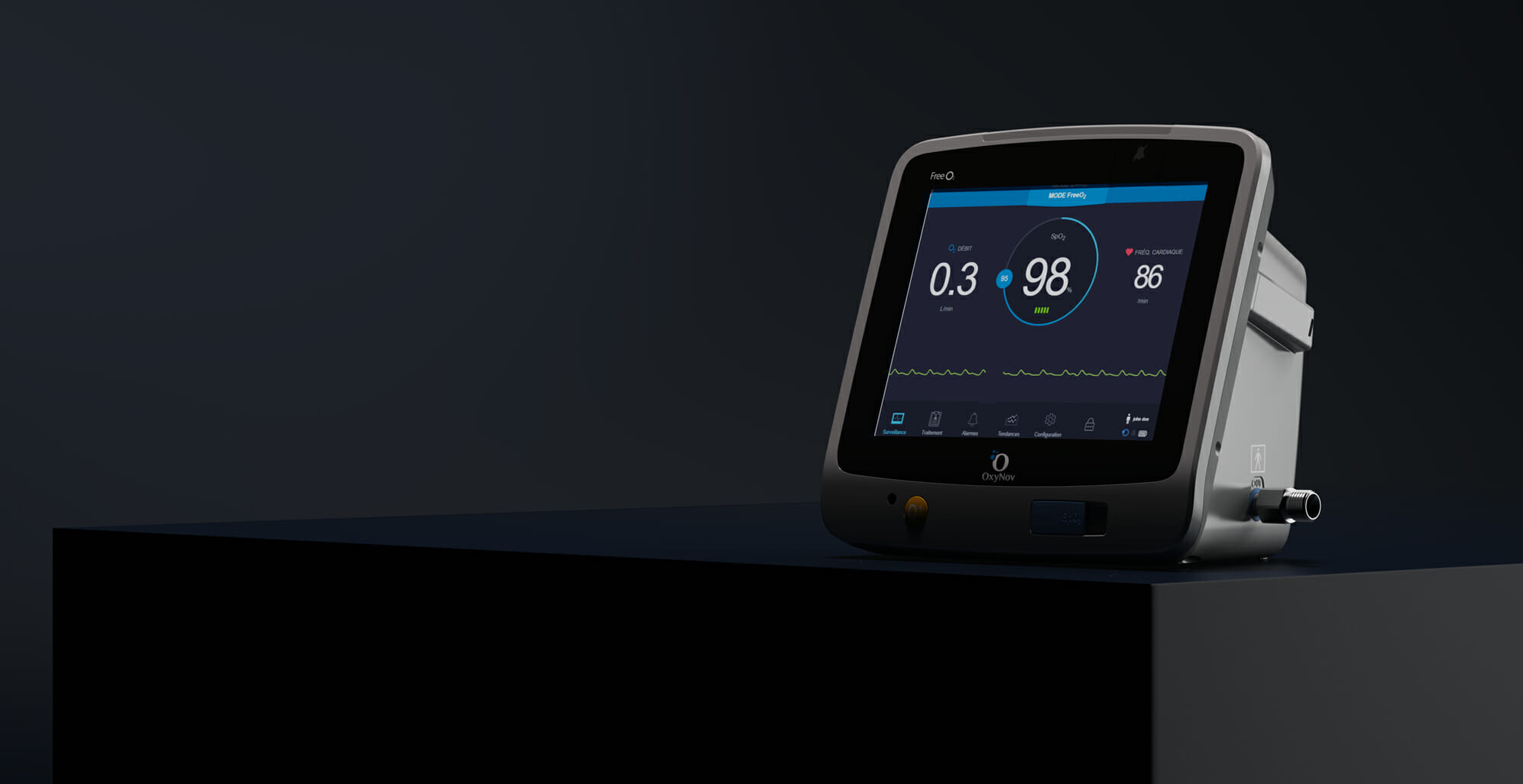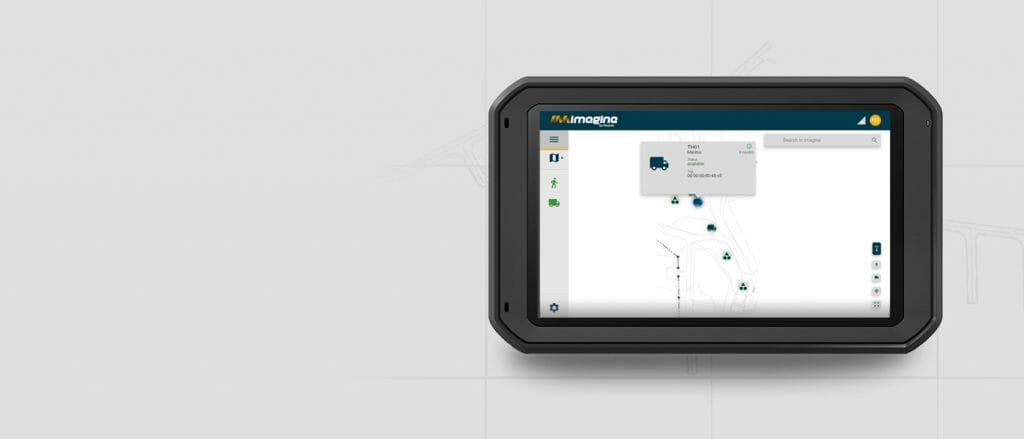Making sure that every product or service offers real value for customers is a strategy used by companies like Amazon. As explained in an Observer article by former Amazon worker Brittain Ladd, “Instead of starting with an idea for a product and trying to convince executives that customers will ‘love the idea,’ Amazon works from the perspective of the customer to come up with ideas that will legitimately generate value.”
The 2 types of research needed to learn more about users
Qualitative research reveals how the user feels when using a digital or physical product or service – pressured, rushed, relaxed, impatient, etc. Taking the time to uncover qualitative data is essential to develop empathy for the end user.
Quantitative research is more concrete and uses metrics; for example, the frequency of use for a given period, membership percentage, etc. Quantitative data is extremely useful, but must be used in conjunction with qualitative data in order to create compelling human-centered designs.

Examples of value propositions

FreeO2 from OxyNov
Value proposition: provide efficient, safe and comfortable oxygen therapy for respiratory patients
Targeted users: patients receiving treatment, and nurses in a hospital environment
Problems to solve: ensure that patients are receiving oxygen at optimal levels; reduce the manual monitoring and resetting required to comply with recommendations and clinical oxygenation targets
The process: using our strategic design approach, we conducted extensive research and collected user feedback to define expectations and usability requirements

Imagine from Meglab
Value proposition: ease communication and decision-making by providing a mobile solution that shows underground mine assets
Targeted users: managers responsible for mine workers, equipment, and activities
Problem to solve: without real-time knowledge of where people, vehicles, and other assets are in the underground mine, it was difficult to make decisions
The process: take advantage of Meglab’s underground mine solution expertise, and work closely with their team

Absenteo App
Value proposition: make it easier for primary and secondary schools to manage absences and replacements
Targeted users: school boards, administrators, employees, and substitutes
Problem to solve: multiple systems with limited access made it difficult to communicate and manage absences and replacements for different schools
The process: collaborate with the Absenteo team to meet with users and clearly define their true needs
Use divergent thinking to define the value proposition
As we discussed in a previous blog post about the discovery process, we need to use divergent thinking when defining the value proposition. It’s important to be open to new ideas about who the user is, what the user is trying to do, and why current solutions aren’t solving the problem.
Learn more about our Human Factors & UX design expertise.
 Free Consultation
Free Consultation
